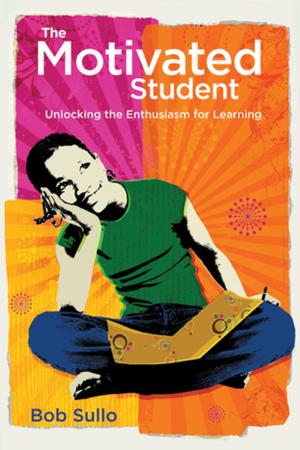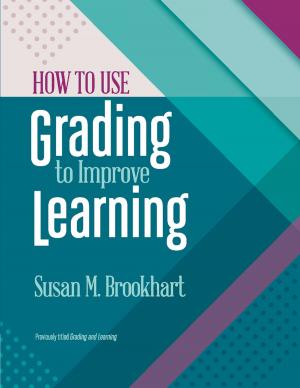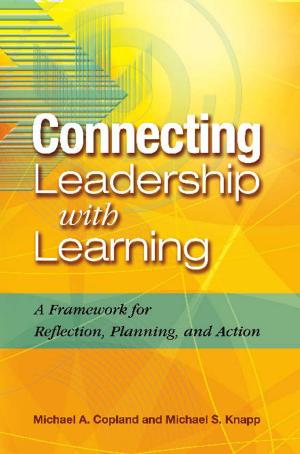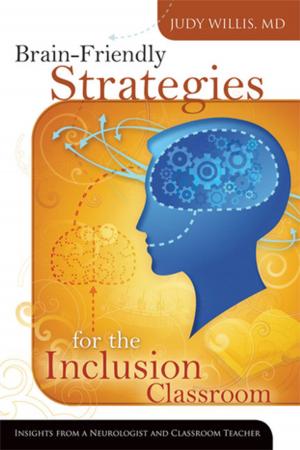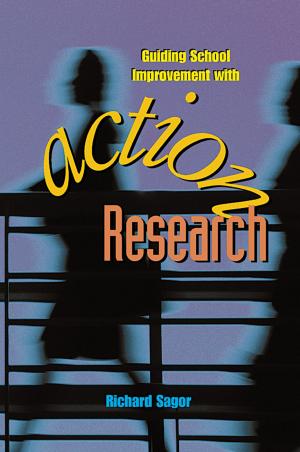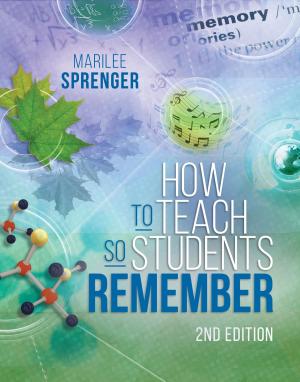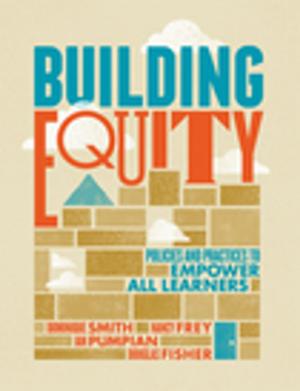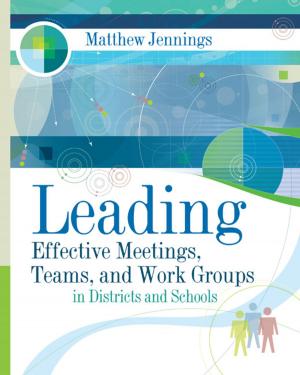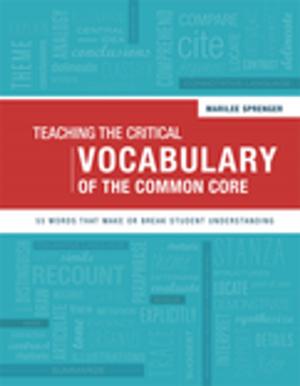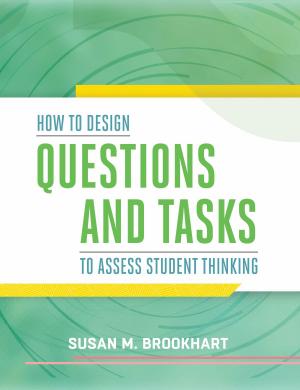Minding the Achievement Gap One Classroom at a Time
Nonfiction, Reference & Language, Education & Teaching| Author: | Jane E. Pollock, Sharon M. Ford, Margaret M. Black | ISBN: | 9781416614715 |
| Publisher: | ASCD | Publication: | May 11, 2012 |
| Imprint: | ASCD | Language: | English |
| Author: | Jane E. Pollock, Sharon M. Ford, Margaret M. Black |
| ISBN: | 9781416614715 |
| Publisher: | ASCD |
| Publication: | May 11, 2012 |
| Imprint: | ASCD |
| Language: | English |
Curiosity and inspiration are powerful catalysts for learning. In this 2nd edition of a book that has provided inspiration to countless teachers, Carol Ann Tomlinson offers three new chapters, extended examples and information in every chapter, and field-tested strategies that teachers can use in today’s increasingly diverse classrooms. Tomlinson shows how to use students? readiness levels, interests, and learning profiles to address student diversity. In addition, the author shows teachers how to differentiate, or structure, lessons at every grade level and content area to provide scaffolds--as well as high-speed elevators--for * The content of lessons, * The processes used in learning, and* The products of learning. Teachers can draw on the book’s practical examples as they begin to differentiate instruction in their own classrooms. Strategies include curriculum, compacting, sidebar investigations, entry points, graphic organizers, contracts, and portfolios. As Tomlinson says, “Differentiation challenges us to draw on our best knowledge of teaching and learning. It suggests that there is room for both equity and excellence in our classrooms.”
Curiosity and inspiration are powerful catalysts for learning. In this 2nd edition of a book that has provided inspiration to countless teachers, Carol Ann Tomlinson offers three new chapters, extended examples and information in every chapter, and field-tested strategies that teachers can use in today’s increasingly diverse classrooms. Tomlinson shows how to use students? readiness levels, interests, and learning profiles to address student diversity. In addition, the author shows teachers how to differentiate, or structure, lessons at every grade level and content area to provide scaffolds--as well as high-speed elevators--for * The content of lessons, * The processes used in learning, and* The products of learning. Teachers can draw on the book’s practical examples as they begin to differentiate instruction in their own classrooms. Strategies include curriculum, compacting, sidebar investigations, entry points, graphic organizers, contracts, and portfolios. As Tomlinson says, “Differentiation challenges us to draw on our best knowledge of teaching and learning. It suggests that there is room for both equity and excellence in our classrooms.”

